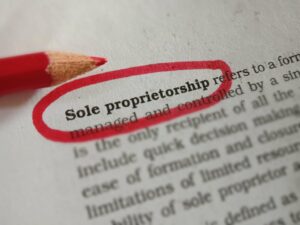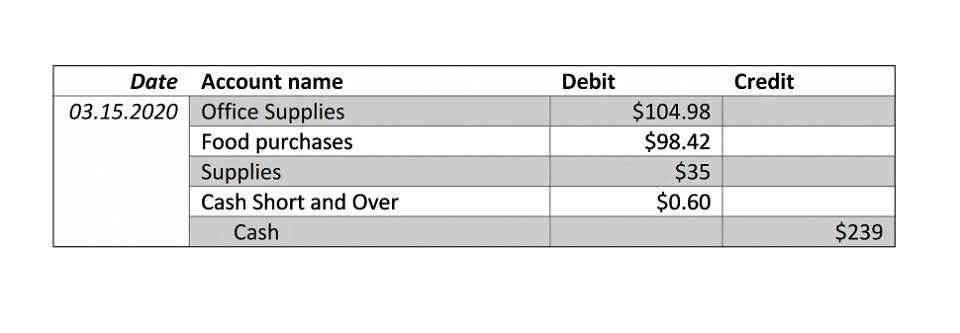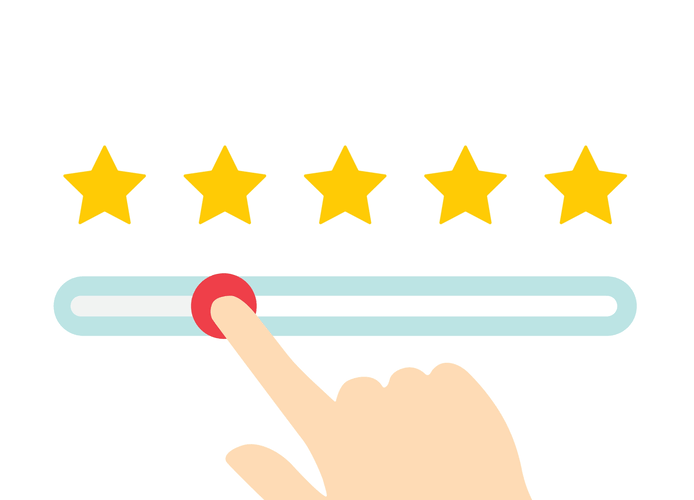The strategic choice of depreciation methods allows companies to align financial reporting and tax objectives effectively. C) Amortization is the allocation of the cost of intangible assets, while depreciation is for tangible assets. Master the key concepts of depreciation and amortization with the Depreciation and Amortization Practice Exam Quiz from Exam Sage.
Impact on Financial Statements
- C) Amortization applies to intangible assets over their useful life.
- Accurate estimation ensures fairness in reflecting the asset’s contribution to operations.
- C) The estimated value of an asset at the end of its useful life.
- Impairment provides transparency in financial reporting, while depreciation and amortization ensure cost allocation.
- MACRS optimizes tax efficiency but necessitates careful alignment with accounting standards.
A depreciation method where you take more depreciation expense in earlier years and less in later years. Instantly turn any content into interactive quizzes & flashcards. This approach ensures that financial statements reflect current conditions without distorting historical data. Salvage value, also known as residual value, is the estimated amount an asset is expected to be worth at the end of its useful life after being fully depreciated.
Edexcel IGCSE Accounting: Depreciation Concepts
Use AI to generate personalized quizzes and flashcards to suit your learning preferences. Impairment is the recognition of a significant reduction in the recoverable amount of an asset, which is different from depreciation and amortization, both of which systematically allocate cost over time. Component depreciation ensures that asset replacement costs are matched with their benefits, improving financial accuracy. This classification ensures that financial statements accurately represent profitability without misleading stakeholders about cash flows.
C) To allocate the asset’s cost as an expense over its useful life. This process ensures compliance with accounting standards and accurate reflection of asset consumption. Accurately estimating salvage value is crucial for realistic financial reporting and effective decision-making. For example, if a machine is expected to last 10 years but becomes obsolete in 5 years, underestimating its depreciation can lead to financial inaccuracies and budgeting issues. C) A method that allocates equal expenses over the useful life. A) A method that applies a constant percentage to the asset’s book value each year.
Amortization ensures the gradual reduction of intangible asset values in line with their usage, similar to how depreciation works for physical assets. While the straight-line method provides stability and simplicity, the double-declining balance method accelerates expense recognition, offering tax advantages and better matching for rapidly depreciating assets. C) Amortization applies to intangible assets over their useful life.
What is component depreciation, and how does it differ from traditional depreciation methods?
- Instantly turn any content into interactive quizzes & flashcards.
- The strategic choice of depreciation methods allows companies to align financial reporting and tax objectives effectively.
- B) The systematic allocation of the cost of a tangible asset over its useful life.
- Use AI to generate personalized quizzes and flashcards to suit your learning preferences.
- B) Depreciation applies to intangible assets, while amortization is for tangible assets.
- Amortization ensures the gradual reduction of intangible asset values in line with their usage, similar to how depreciation works for physical assets.
Whether you’re studying for an exam or refining your professional accounting skills, this quiz when should you adjust your paycheck withholdings will help you understand the critical aspects of managing and reporting asset costs over time. Impairment provides transparency in financial reporting, while depreciation and amortization ensure cost allocation. B) Depreciation applies to intangible assets, while amortization is for tangible assets.
Depreciation Methods Quiz
C) The asset remains on the books with no further depreciation. C) The estimated value of an asset at the end of its useful life. If you have any difficulty answering the questions, learn more about this topic by reading our mini-lectures covering introductory to Depreciation. If you have difficulty answering the following questions, read our In-Depth Explanation for this topic.
Impairment ensures that assets are not overstated in financial statements, providing a more realistic view of a company’s financial health. Without depreciation, financial statements would overstate asset values and net income, potentially misleading stakeholders. Accelerated depreciation methods allow more depreciation early on compared to straight-line.
B) To allocate the cost of an asset over its useful life as an expense. B) The systematic allocation of the cost of a tangible asset over its useful life. MACRS optimizes tax efficiency but necessitates careful alignment with accounting standards. Accurate estimation ensures fairness in reflecting the asset’s contribution to operations. Component depreciation involves breaking down an asset into its significant parts and depreciating each part separately based on its useful life. B) The loss recognized when the carrying amount of an asset exceeds its recoverable amount.






